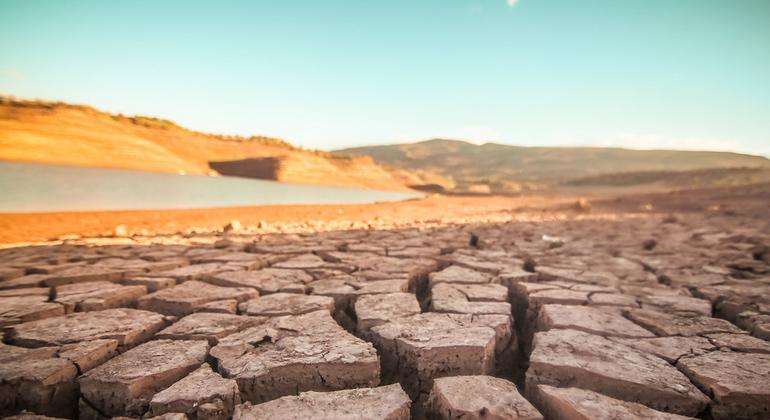On Wednesday, the World Meteorological Organization (WMO) issued a warning that it is highly likely at least one year between now and 2028 will break the critical 1.5°C temperature threshold.
This alarming forecast underscores the growing urgency of addressing climate change as the planet edges closer to surpassing this significant limit.
The WMO’s latest forecast presents an 80 percent likelihood that the annual average global temperature will temporarily exceed 1.5°C above pre-industrial levels in at least one of the next five years.
“WMO is sounding the alarm that we will be exceeding the 1.5°C level on a temporary basis with increasing frequency. We have already temporarily surpassed this level for individual months – and indeed as averaged over the most recent 12-month period.”
Ko Barrett, WMO Deputy Secretary-General
However, Barrett emphasized that these temporary breaches do not signify a permanent loss of the 1.5°C goal set in the Paris Agreement. This target pertains to long-term warming over decades, rather than short-term fluctuations.
From 2024 to 2028, the global mean near-surface temperature for each year is predicted to be between 1.1°C and 1.9°C higher than the 1850-1900 baseline.
The likelihood of the global temperature averaging over this entire five-year period exceeding 1.5°C above pre-industrial levels stands at 47 percent, an increase from 32 percent in last year’s report for the 2023-2027 period.
The probability of such temperature spikes has been rising steadily since 2015. Back then, the likelihood was nearly zero. For the years between 2017 and 2021, there was a 20 percent chance of surpassing the limit, increasing to 66 percent for the 2023-2027 period.
A Disturbing Reality
“Behind these statistics lies the bleak reality that we are way off track to meet the goals set in the Paris Agreement,” Barrett warned.

She urged governments worldwide to intensify efforts to reduce greenhouse gas emissions.
Failure to act promptly will lead to escalating economic costs, impacting millions of lives through more extreme weather events and causing extensive environmental and biodiversity damage.
The Paris Agreement aims to keep the long-term global average surface temperature well below 2°C above pre-industrial levels and to pursue efforts to limit it to 1.5°C by the end of this century.
Scientists have consistently warned that exceeding the 1.5°C threshold risks unleashing far more severe climate change impacts, with every fraction of a degree contributing to the severity of these impacts.
Devastating Climate Impacts
Even at the current levels of global warming, the planet is already experiencing devastating climate impacts.
These include more frequent heatwaves, extreme rainfall events, droughts, reductions in ice sheets, sea ice, and glaciers, as well as accelerating sea level rise and ocean heating.
According to the WMO’s report, Arctic warming over the next five extended winters (November to March) relative to the average of the 1991-2020 period is predicted to be more than three times as large as the warming in the global mean temperature.
Predictions for March 2024-2028 also suggest further reductions in sea-ice concentration in the Barents Sea, Bering Sea, and Sea of Okhotsk.
As such, the WMO’s projections serve as a critical reminder of the urgent need for robust climate action.
As the likelihood of surpassing the 1.5°C threshold increases, so does the need for concerted efforts to mitigate greenhouse gas emissions and adapt to the changing climate.
The world stands at a pivotal moment, where the decisions made today will significantly shape the climate trajectory and the future well-being of the planet and its inhabitants.
READ ALSO: Ghana Pledges New Era of Sustainable Mining and Power Investment





















